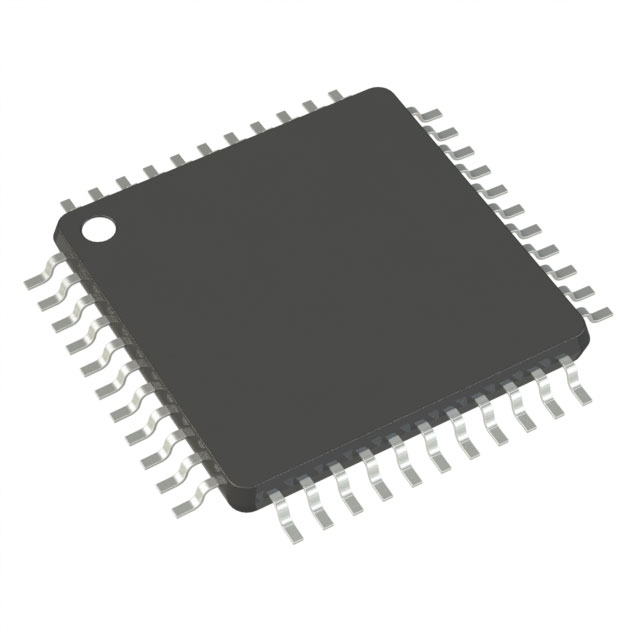

Microchip Technology
ATMEGA324A-AUR
Microcontrollers



- 1+
- $7.56626
- $7.57
- 10+
- $6.55445
- $65.54
- 30+
- $5.93676
- $178.1

.png?x-oss-process=image/format,webp/resize,p_30)


ATMEGA324A-AUR Description
The ATMEGA324A-AUR is a microcontroller unit (MCU) produced by Microchip Technology. It is part of the ATmega family of 8-bit AVR microcontrollers, which are widely used in various embedded systems and applications.
Description:
The ATMEGA324A-AUR is a high-performance, low-power microcontroller with a rich set of features and peripherals. It is based on the AVR enhanced low-power architecture and features a high-speed embedded PIData bus architecture. The device operates at a frequency of up to 20 MHz and comes in a 44-pin QFN package.
Features:
- 32 KB of In-System Programmable Flash memory with read-while-write capability
- 2 KB of In-System Programmable SRAM
- 1 KB of In-System Programmable EEPROM
- 44 general-purpose I/O lines
- 33 programmable timer/counters with up to 16-bit resolution
- 2 PWM channels
- 8-channel 10-bit ADC with up to 11 gains
- Serial communication interfaces: 2 USARTs, 1 SPI, and 1 I2C
- USB 2.0 full-speed (12 Mbps) interface with integrated PHY
- Internal and external interrupts with up to 16 sources
- On-chip debug system with JTAG and SPI interface
- Sleep, power-down, and standby modes for low-power operation
- Watchdog timer with separate oscillator
- Three software selectable power saving modes
- Brown-out detection and level select
- Programmable voltage reference
- Temperature range: -40°C to +85°C (Industrial), -40°C to +105°C (Extended)
Applications:
The ATMEGA324A-AUR is suitable for a wide range of applications due to its versatile features and low-power capabilities. Some common applications include:
- Industrial control and automation systems
- Medical equipment and devices
- Portable and battery-powered devices
- Consumer electronics
- Automotive control systems
- Smart home and IoT devices
- Data acquisition and signal processing systems
- Human-Machine Interface (HMI) systems
- Robotics and automation
- Security and surveillance systems
The ATMEGA324A-AUR's combination of processing power, memory, and peripheral options make it a popular choice for designers looking to implement complex embedded systems with low-power requirements.
Tech Specifications
ATMEGA324A-AUR Documents
Download datasheets and manufacturer documentation for ATMEGA324A-AUR
 Fabrication Site 27/Sep/2023
Fabrication Site 27/Sep/2023  ATmega164A/PA/324A/PA/644A/PA/1284/P
ATmega164A/PA/324A/PA/644A/PA/1284/P  Boxes 07/Dec/2016 Transfer to Microchip/Label/Pkg 5/Sep/2016
Boxes 07/Dec/2016 Transfer to Microchip/Label/Pkg 5/Sep/2016  ATmega324A Development Tool Selector
ATmega324A Development Tool Selector  ATMEGA Datasheet 11/Dec/2018 ATmega164A/PA/324A/PA/644A/PA/1284/P 20/Jan/2020
ATMEGA Datasheet 11/Dec/2018 ATmega164A/PA/324A/PA/644A/PA/1284/P 20/Jan/2020  Microchip CA Prop65 Microchip RoHS Microchip REACH
Microchip CA Prop65 Microchip RoHS Microchip REACH Relevant Search
Shopping Guide






















.png?x-oss-process=image/format,webp/resize,h_32)










